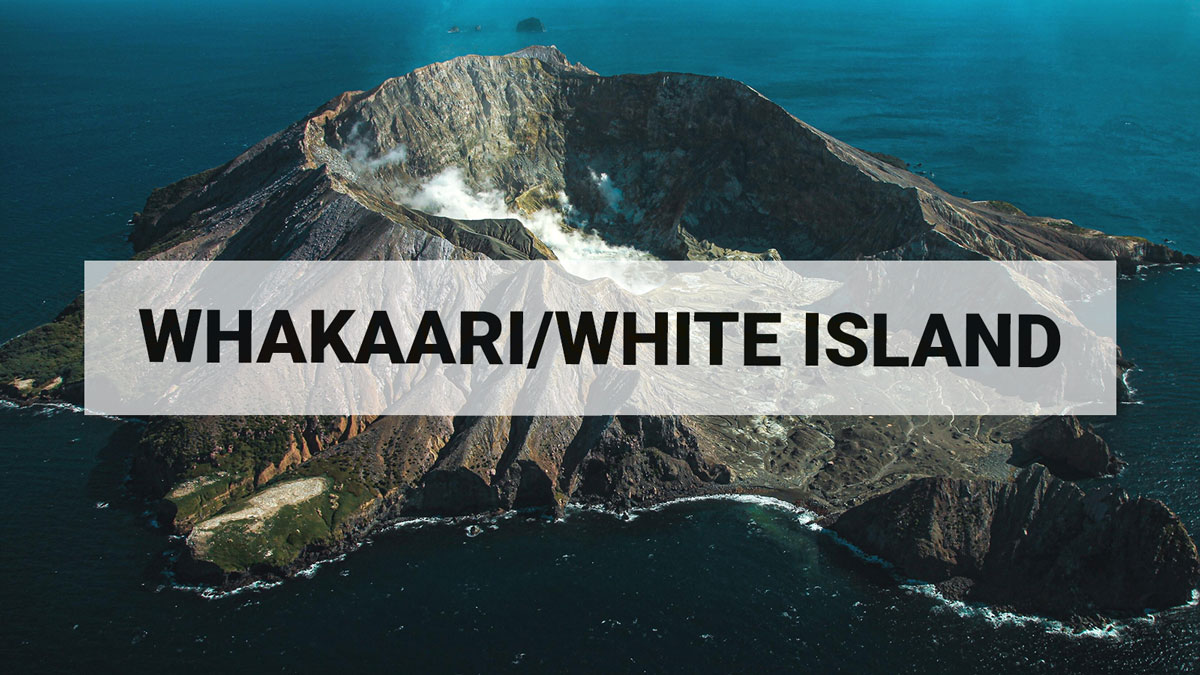
Whakaari/White Island: Notable cooling of vent area
A recent observation flight measured a sharp decline in vent temperatures; however, gas emissions stay high. The volcano is still in a state of moderate to heightened unrest and the Volcanic Alert Level remains at Level 2.
Last week GNS scientists undertook a gas emission measurement flight, along with visual observations and temperature measurements from a helicopter.
The gas measurements showed emissions of Sulphur Dioxide (SO2) have increased to 680 tonnes per day from 450 tonnes per day in mid-August, a continuation of an increasing emission rate trend over the last few months.
Temperatures measured in the active vent area have decreased from 650 °C seen in July and August, to maximum 189 °C in the measurements last week.
The minor deposits from the intermittent ash emission described in previous bulletins were visible but were confined to the area close to the active vents.
No ash emission was occurring during the observations made last week, however weak, intermittent ash emission is still possible.
Seismic activity remains similar to last week, with low levels of volcanic tremor and occasional low-frequency volcanic earthquakes.
Ground subsidence continues around the active vents, as measured by satellite remote sensing techniques, similar to the pattern of the last few months.
The drop in temperatures around the vent area is interpreted to reflect the infiltration of cooler ground and geothermal water into the active vent area, caused by decreasing gas pressure around the small volume of magma (molten rock) we believed intruded earlier in the year beneath the active vents.
Rising Sulphur Dioxide (SO2) gas emissions, however, may reflect a continued input of magma deeper into the system, into an area not affected by cooling from groundwater.
The current level of activity is consistent with moderate to heightened levels of unrest. As such the Volcanic Alert Level remains at 2 and the Aviation Colour Code remains at Yellow.
Equipment that provides real-time monitoring on the island is currently degraded and we are continuing to work on restoration options.
The Volcanic Alert Level reflects the current level of volcanic unrest or activity and is not a forecast of future activity. While Volcanic Alert Level 2 is mostly associated with volcanic unrest hazards (including discharge of steam and hot volcanic gases, earthquakes, landslides, and hydrothermal activity), potential for eruption hazards also exists and eruptions can still occur with little or no warning.
Further information about the volcanic alert levels and what they mean can be found here.
GNS Science and the National Geohazards Monitoring Centre continue to monitor Whakaari/White Island for further changes in unrest.
Craig Miller
Duty Volcanologist
Media Contact: 021 574541 or media@gns.cri.nz